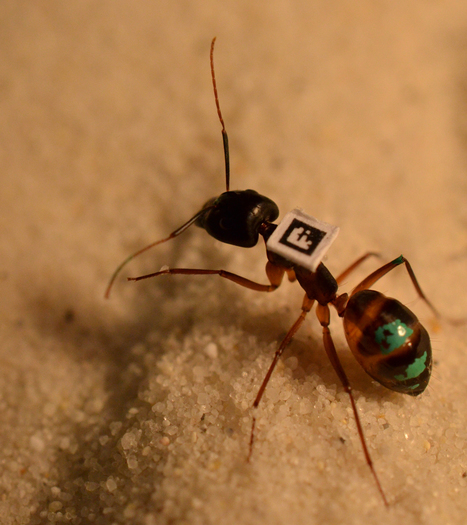The extraordinary heights and speeds of ladybird flight paths have been revealed for the first time. Scientists examining radar data have spotted the tiny creatures travelling at heights of up to 1100 metres, and at speeds of up to 60 kilometres per hour.
The discovery, published in the journal PLOS ONE, means that, in theory, ladybirds could travel from London to Birmingham in little more than two hours.
It could explain why invasive insects such as the harlequin ladybird have managed to spread so quickly from one part of the country to another.
The study also suggests that ladybirds are able to travel further when temperatures are warmer, a phenomenon that could exacerbate the problems posed by invaders as the climate warms. Dr. Lori Lawson Handley, from the University of Hull, led the research. 'These are the first recordings of ladybirds travelling at such extraordinarily high altitudes,' she says. 'Ladybirds are very capable flyers on their own, but this puts them up in the stronger winds where they can travel faster and further.'
'If you imagine a ladybird's shape, it's actually quite characteristic,' says Lawson Handley. 'They're more spherical compared to other insects, so between their weight, width and height, we can be pretty confident that we're identifying ladybirds in the radar data.'
Most of the ladybirds were found at heights between 150 and 500 metres above the ground, flying at an average speed of 30 kilometres an hour. But some were found at even higher altitudes, travelling even faster. In separate experiments, the team recorded the flight times of ladybirds in a Perspex box. The average flight lasted 36.5 minutes, with some going on for as long as 2 hours. This would mean that ladybirds could travel up to 120 kilometres in a single flight.
- Characteristics and Drivers of High-Altitude Ladybird Flight: Insights from Vertical-Looking Entomological Radar - Plos One, 18.12.2013 http://journals.plos.org/plosone/article?id=10.1371/journal.pone.0082278
Via Dr. Stefan Gruenwald



 Your new post is loading...
Your new post is loading...








